Boardwalk into the ethereal.
One step onto this path and you’ll know why it is hailed as one of our state’s most renowned interpretive trails. Made up of three enticing loop options—the namesake Forest Lodge Nature Trail, Extended Nature Trail and Conservancy Trail—all wander through mesmerizing forests of hemlock, pine, birch, aspen, maple, and other hardwoods. The trail starts near a small, grassy meadow surrounded by dense stands of white pine. You might see blackberries growing nearby as well and a short way into the woods is a huge white pine snag perforated with woodpecker holes. This is also a favorite stop for owls, flying squirrels, bats and other birds to forage for meals and build nests into excavated cavities.
Look into the woods to see decaying stumps of six-foot diameter, 200-foot-tall white pines that ruled these woods before the ax fell. You’ll also see flat patches of faded green lichen attached to trees along the trail, as well as funky-looking old man’s beard hanging from branches.
Evidence of Wisconsin’s glaciated past is evident throughout. Think back about 100,000 years when unfathomably huge ice sheets crept south from Canada, scouring the earth and breaking solid bedrock into millions of pieces. About halfway through this hike you’ll reach a boardwalk reaching out into the bog. Look left for long-stemmed cinnamon ferns and wild calla, and sphagnum moss covers the entire area like a spongy carpet. The bog also hosts insect-eating plants like sundew and pitcher plants that trap bugs and break them down with special enzymes. Delicious? In the animal world, you’re likely to see, or at least hear, warblers, chickadees, and perhaps a thrush. Toads and frogs are common accoutrements as well.
The ancient bog.
A short way past the bog, the trail passes through a grove of resplendent hemlocks. Note the thick bark of the older of these handsome trees, many of which began life in downed logs or stumps. You will also see stands of balsam fir, the air heady with their refreshing scent, and below is a variety of woodland ferns, spring ephemerals (in May and early June), and wintergreen.
Why this place matters
The soul of Forest Lodge is based in environmental leadership and research in sustainability efforts, and a strong connection to the land. To that end, Northland College works closely with Special Management Areas (SMAs) that encourage the protection and responsible use of extraordinary places such as this. Management of SMAs is conducted with environmental preservation at the fore.



